Out Now
The Heritage Issue
Current Issue
The Heritage Issue
Apr-May 2025

Part of an electrician’s job is to test, test and test again. But who’s testing the stuff you work with? Here’s the inside story on a couple of crucial pieces of kit, from our experts in the field.
When you pick up a piece of electrical equipment, you do so safely in the knowledge that it’s been thoroughly put through its paces before it gets into the hands of the end user.
But what exactly does that testing process look like?
If you’re running large quantities of cable, the integrity of the ladders and trays is a critical part of the job. They need to perform optimally for everyday use, and in case of an extreme event.
“Testing of the cable support systems is critical to their development,” says EzyStrut’s Engineering Manager, Brenton Davey.
“Ducting or cable ladders are supplied with top and bottom covers to achieve a rat-proof structure.”
EzyStrut supplies a range of products tested for different applications.
“Cable installation inside an outback roadhouse may only require a light-duty, zinc-coated cable tray, whereas the tray at Glenelg Beach may need to be 316 stainless to survive the salty environment, and a heavy-duty HDG ladder is needed to survive cyclonic conditions in Port Hedland.”
The good news for sparkies is that cable support systems require little on-site testing.
“For the more demanding applications like fire, cyclonic and seismic, we have a team of engineers that develop, test and document unique solutions. There are some applications where the support systems need to be either isolated or earthed, and on-site testing is undertaken to verify our internal testing results.”
Emergency lighting, by its very purpose, absolutely cannot go wrong, something that Sid Gaurav, Category Manager – Emergency lighting at Pierlite knows only too well.
“Testing emergency lighting is crucial to ensuring the safety of people in a building during an emergency or power outage, and it undergoes more rigorous testing than regular household lighting,” he says.
“Products are tested under a variety of conditions, including temperature, humidity, duration, optics, battery compliance, endurance and emergency switching.”
Manufacturers of emergency lighting products continue testing and evaluating their products even after they have been released to the market.
“This includes batch testing, component testing, and quality assurance procedures to ensure that their products are safe, reliable, and meet all relevant standards and regulations,” says Sid.
But testing doesn’t stop at installation.
“It is crucial that building owners and managers test their emergency lighting regularly to ensure the safety of their tenants and customers in case of an emergency and power outage,” says Sid.
In Australia, emergency lights and exit signs need to be inspected at least once every six months.
“During the inspection, lamp tests and replacements are conducted, as well as a 90-minute discharge test,” says Sid. “To ensure that the emergency lighting system is up to date and compliant with regulations, regular cleaning and replacement of any damaged components is crucial. As is keeping accurate records of all tests and maintenance.”
Using hand tools and power tools that are sub-performance or past their best is the express lane to the ER. Here’s how to make sure your tool bag is up to scratch.
Keep up to date with our latest news and competitions by subscribing to our regular newsletter.

Issue 184
DEC 24 - JAN 25
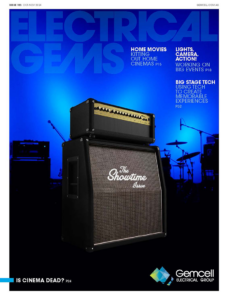
Issue 183
OCT - NOV 2024
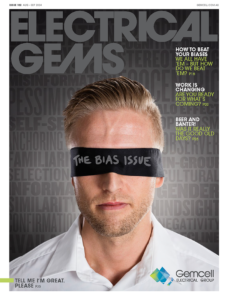
Issue 182
AUG - SEPT 2024

Issue 181
JUN - JUL 2024

Issue 180
APR - MAY 2024

Issue 179
FEB - MARCH 2024
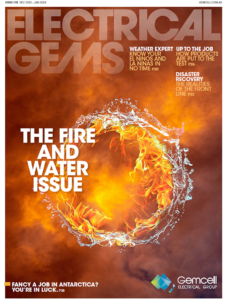
Issue 178
DEC 2023 - JAN 2024
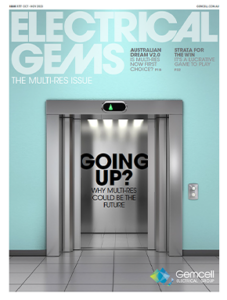
Issue 177
OCT - NOV 2023

Issue 176
AUG - SEPT 2023

Issue 175
JUN - JUL 2023
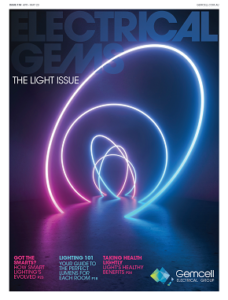
Issue 174
APR - MAY 2023
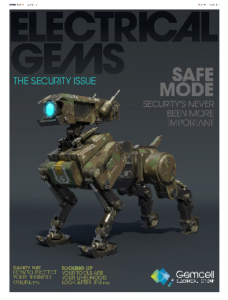
Issue 173
FEB - MAR 2023

Issue 172
DEC 2022 - JAN 2023
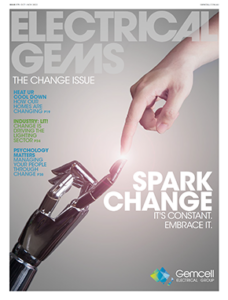
Issue 171
OCT - NOV 2022

Issue 170
AUG - SEPT 2022

Issue 169
JUN - JUL 2022
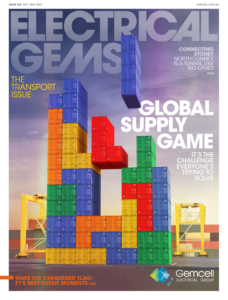
Issue 168
APR - MAY 2022
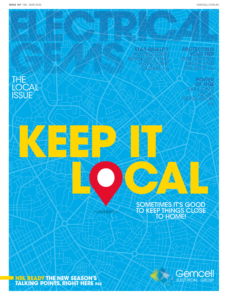
Issue 167
FEB - MAR 2022
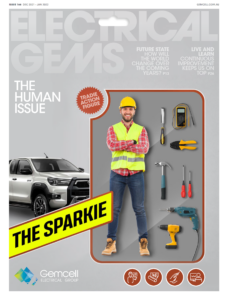
Issue 166
DEC 2021 - JAN 2022

Issue 165
OCT - NOV 2021

Issue 164
AUG - SEPT 2021
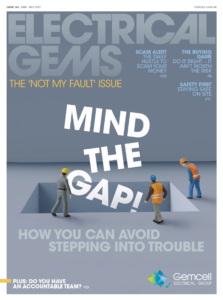
Issue 163
JUN - JUL 2021
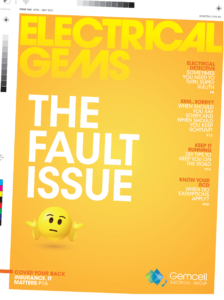
Issue 162
APR - MAY 2021

Issue 161
FEB - MAR 2021

Issue 160
DEC 2020 - JAN 2021
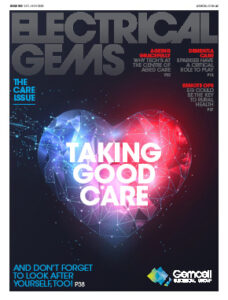
Issue 159
OCT - NOV 2020
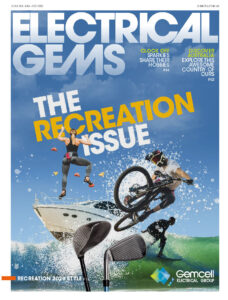
Issue 158
AUG - SEPT 2020
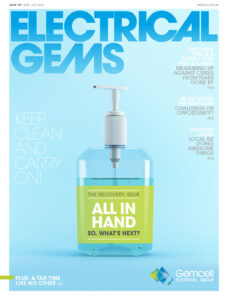
Issue 157
JUN - JUL 2022

Issue 156
APR - MAY 2020
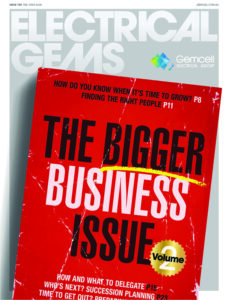
Issue 155
FEB - MAR 2020

Issue 154
DEC 2019 - JAN 2020
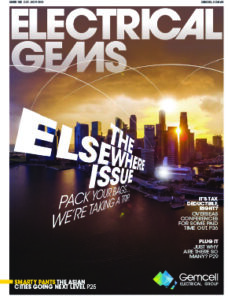
Issue 153
OCT - NOV 2019
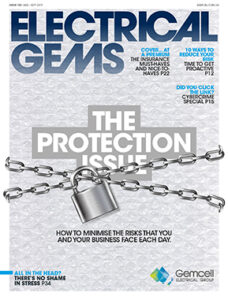
Issue 152
AUG - SEPT 2019

Issue 151
JUN - JUL 2019
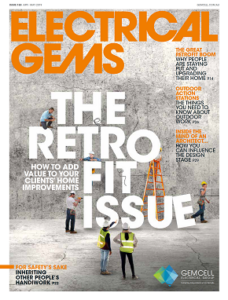
Issue 150
APR - MAY 2019
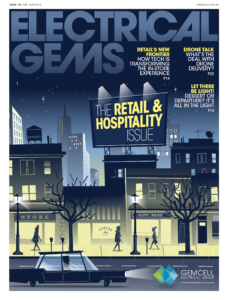
Issue 149
FEB - MAR 2019

Issue 148
DEC 2018 - JAN 2019

Issue 147
OCT - NOV 2018

Issue 146
AUG - SEPT 2018

Issue 145
JUN - JUL 2018

Issue 144
APR - MAY 2018
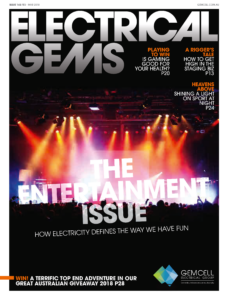
Issue 143
FEB - MAR 2018

Issue 142
DEC 2016 - JAN 2017

Issue 141
OCT- NOV 2017

Issue 140
AUG - SEPT 2017
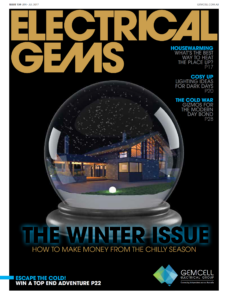
Issue 139
JUN - JUL 2017

Issue 138
APR - MAY 2017
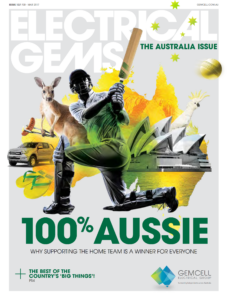
Issue 137
FEB - MAR 2017
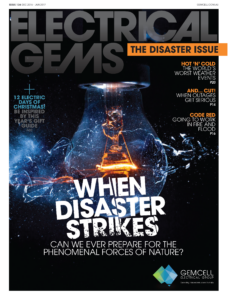
Issue 136
DEC 2016 - JAN 2017
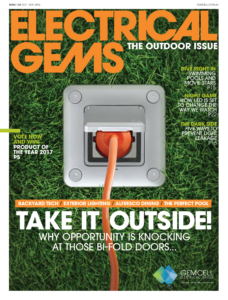
Issue 135
OCT - NOV 2017

Issue 134
AUG - SEPT 2016

Issue 133
JUN - JUL 2016
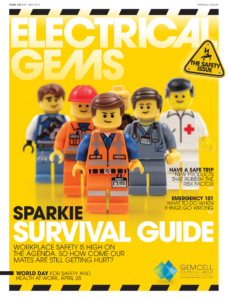
Issue 132
APR - MAY 2016

Issue 131
FEB - MAR 2016
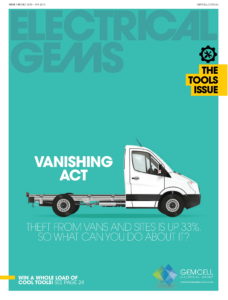
Issue 130
DEC 2015 - JAN 2016
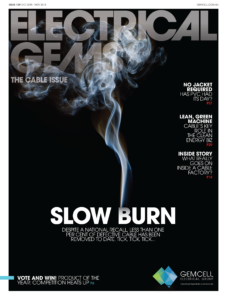
Issue 129
OCT - NOV 2015

Issue 128
AUG - SEPT 2015

Issue 127
JUN - JUL 2015

Issue 125
APR - MAY 2015

Issue 125
FEB - MAR 2015

Issue 124
DEC 2014 - JAN 2015
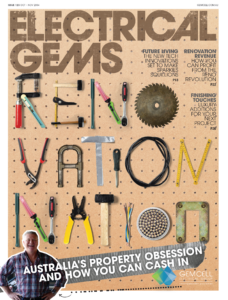
Issue 123
OCT - NOV 2014

Issue 122
AUG - SEPT 2014

Issue 121
JUN - JUL 2014
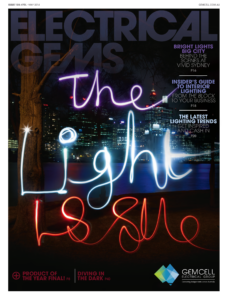
Issue 120
APR - MAY 2014

Issue 119
FEB - MAR 2014
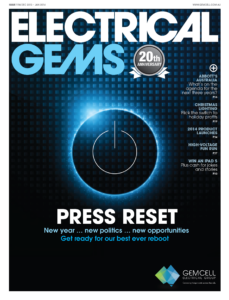
Issue 118
DEC 2013 - JAN 2014
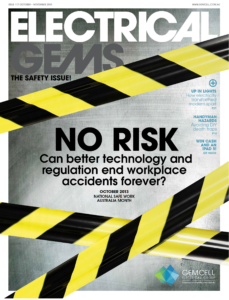
Issue 117
OCT - NOV 2013
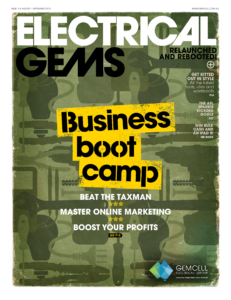
Issue 116
AUG - SEPT 2013

Comments (0)
Write a Comment